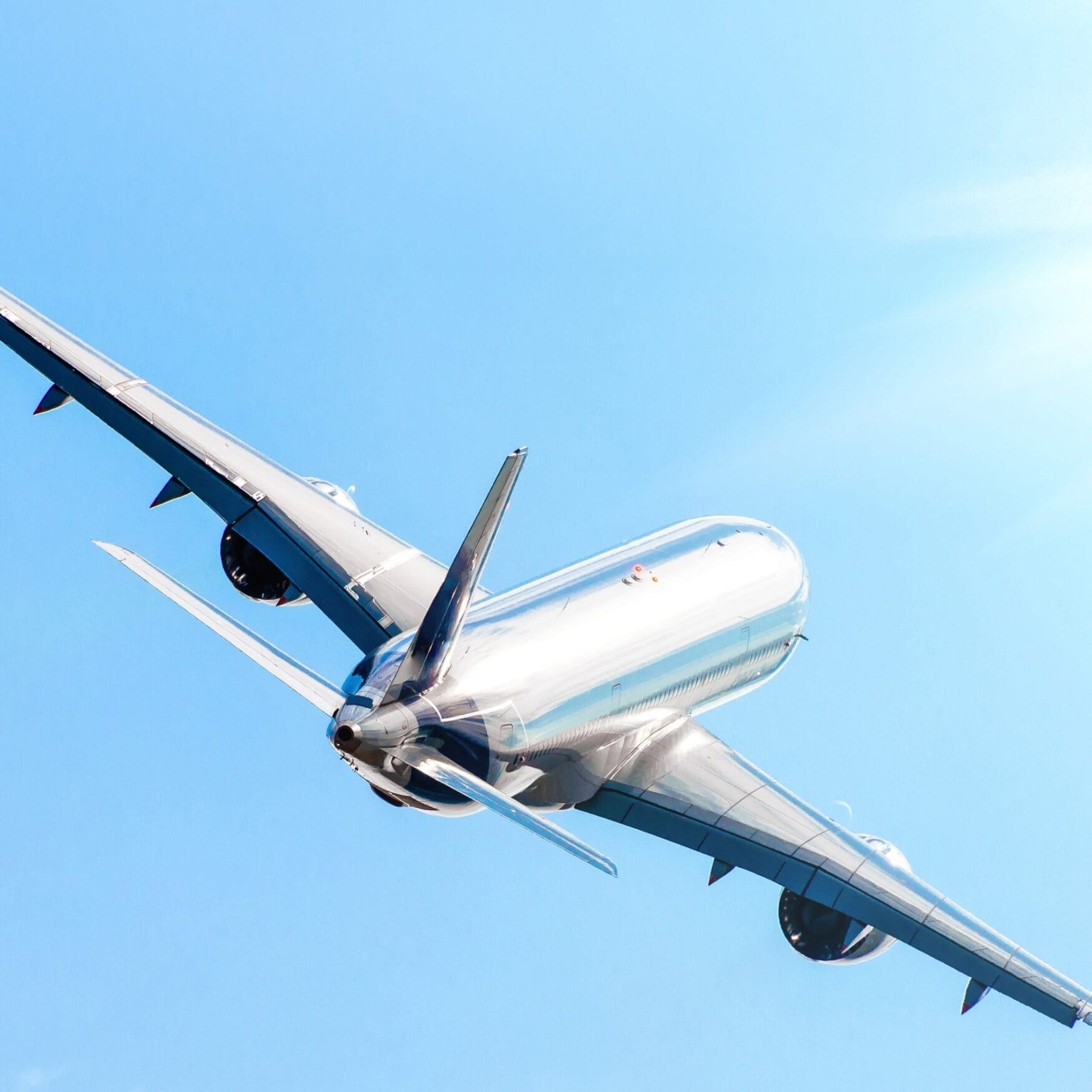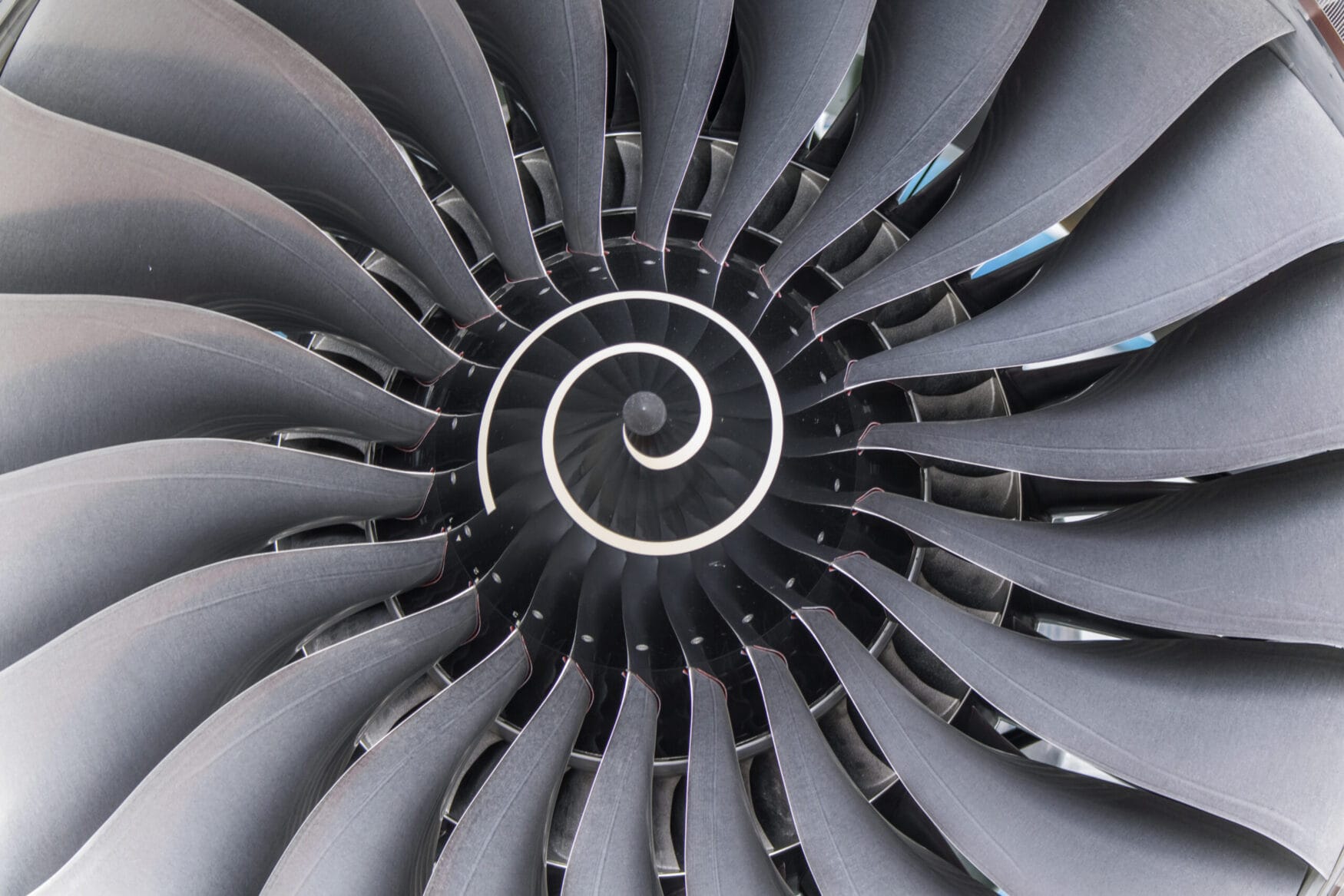- Aerospace
- Air finance
- Airline
- Ascend Consultancy
- Expert view
- Industry trends
A new disruptor in the A380 market?
All eyes were on Global Airlines’s maiden revenue transatlantic flight with an Airbus A380. Youcef Berour Minarro considers the outlook for the wider A380 market and if any other disruptors will follow in the start-up’s footsteps.

Cirium Ascend Consultancy is trusted by clients across the aviation industry to provide accurate, timely, and insightful aircraft appraisals. The team provides the valuations and analysis the industry relies on to understand the market outlook, evaluate risks and identify opportunities.
Discover the team’s industry reports & market commentaries. Read their latest expert analysis, viewpoints and updates on Thought Cloud.


Youcef Berour Minarro
Principal Valuations Analyst
Cirium Ascend Consultancy
Recently, all eyes were on UK start-up Global Airlines as its much-anticipated maiden revenue transatlantic flight with an ex-China Southern Airlines Airbus A380 took flight from Glasgow to New York JFK on 15 May, a charter operated by Hi Fly Malta (necessitated because Global do not as yet have their own Air Operators Certificate (AOC)).
This event causes us to consider how the Airbus A380 market as a whole is doing and what the future looks like for this type. Could we see more of these start-up disruptors popping up?
Great Expectations
The Airbus A380, introduced in 2007, was notable for its capacity to carry more passengers than any other commercial jet at the time, initially attracting interest from customers in the Middle East (over 60%), Asia Pacific (24%), and Europe (15%). However, despite this strong initial demand, the aircraft ultimately proved too large for the market, leading Airbus to cease production after 251 sales, with the final A380 being delivered to Emirates in December 2021.
Covid – the straw that broke the camel’s back
In 2019, Cirium’s Fleets Analyzer shows that there were over 230 A380s in service and just seven in storage. However, during the pandemic, worldwide national lockdowns and closure of borders in a bid to curb the spread of Covid-19 fundamentally impacted demand for widebody passenger jets such that in 2020, 90% of the A380 fleet entered storage and the industry virtually wrote off the type, predicting a bleak future for the A380 with few expected to return to service at any point in the future.

Source: Cirium Core, tracked utilization date as at 21 May 2025
Recovery – Where are we today?
However, as we recovered through the pandemic, those predictions proved to be pessimistic and the in-service fleet recovered significantly, even if not back to 2019 levels. As of 21 May 2025 there are 173 aircraft in-service and 39 in storage (18% stored).
Excluding Global Airlines (via Hi Fly Malta’s AOC) sole A380, there are currently 10 active A380 operators of which ANA, Asiana Airlines, British Airways and Lufthansa are all back to capacity with no aircraft in storage. Emirates, the largest operator the type with a fleet of 118 aircraft, is currently at 90%.
| Operator | In Service | Storage | % of Fleet in Service |
| ANA | 3 | 0 | 100% |
| Asiana Airlines | 6 | 0 | 100% |
| British Airways | 12 | 0 | 100% |
| Emirates | 106 | 12 | 90% |
| Etihad Airways | 7 | 3 | 70% |
| Hi Fly Malta (on behalf of Global Airlines) | 1 | 0 | 100% |
| Korean Air | 5 | 2 | 71% |
| Lufthansa | 8 | 0 | 100% |
| Qantas | 8 | 2 | 80% |
| Qatar Airways | 8 | 2 | 80% |
| Singapore Airlines | 10 | 3 | 77% |
| Total | 174 | 24 | 14% |
Source: Cirium Fleets Analyzer, as at 21 May 2025 (excludes retired and Airbus retained aircraft)
While there has been an upward recovery trend and storage rates have reduced, it must also be noted that sadly many of the stored aircraft might never fly again. Covid resulted in permanent fleet exits from the likes of Air France (10 aircraft at its peak), Thai Airways (6), China Southern (6) and Malaysia Airlines (6). To date over 40 aircraft have been retired.

Source: Cirium Fleets Analyzer, as at 21 May 2025 (excludes retired aircraft)
How are values doing for the A380 in today’s market?
In its prime, a new A380 would have had a Full-Life Market Value in excess of $200 million, making it the highest value commercial aircraft of all time. Today, only 18 years after first delivery, the aircraft has suffered poor value retention. A 10-year old example is now valued 80% below what a 10-year old would have been worth in 2019 (pre-Covid), as the aircraft’s value is now driven by part-out.
Cirium Ascend Consultancy carried out a thorough review of market values and lease rates for this type in March 2025, with the Value Review Board concluding a value increase of 7% across all vintages, but only driven by an increase to its part-out value in January. Market Lease Rates were also reviewed in March 2025 and continue to remain stable, owing to the extremely limited leasing activity for this type.

Source: Cirium Value Trends, as at 21 May 2025,10-year old constant age, Half-Life Market Value, Trent 970-84 and MTOW of 560,000kg
Recent developments
Emirates began refurbishing the cabins of the A380s in November 2022 and announced its plan to operate the type through at least 2041. It plans to upgrade 110 A380s and will roll out the refreshed widebodies to more cities in the coming months, including to Bangkok, Hong Kong, Nice and Perth.
Airbus has begun A380 flight tests in March 2025 to assess performance enhancements for the type’s in-service fleet. The European airframer says a 14 March sortie with A380 flight-test aircraft MSN 001 was the first in a campaign that will “enable the certification of the latest developments that keep the A380 in-service fleet flying at the highest of safety and reliability standards”.
Korean Air recently disclosed it was postponing the planned retirement of its A380s amid ongoing delays in new aircraft deliveries, noting that the operator is about 20 aircraft short from previous targets. The airline had initially indicated that it would begin removing its four A380s in 2025, but that plan is now indefinitely postponed. It will also inherit the A380s from Asiana Airlines in the coming years as the merger of the two South Korean carriers is completed.
What’s the future looking like?
Whilst the industry is all-for creative disruptors like Global Airlines to keep the A380 alive, the reality is that such initiatives will only touch the surface and is not enough to return the stored fleet back into service as the economics and logistics of operating the A380 remains challenging, with a volume of at least five aircraft often quoted as the minimum A380 fleet size needed to make it work.
The A380 secondary market continues to be very limited, even as some operators re-activate their fleet and storage levels reduced since Q4 2024. As a flyer, the market opinion is that there is some limited interest from startup/small airlines, but there has not been significant movement in actual transactions. Therefore, the major market for this aircraft is part-out. While there is existing demand for parts due to the recent fleet reactivations, such demand remains limited in the long term.


































































